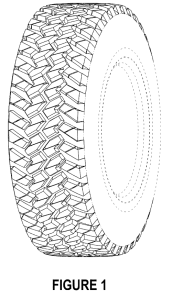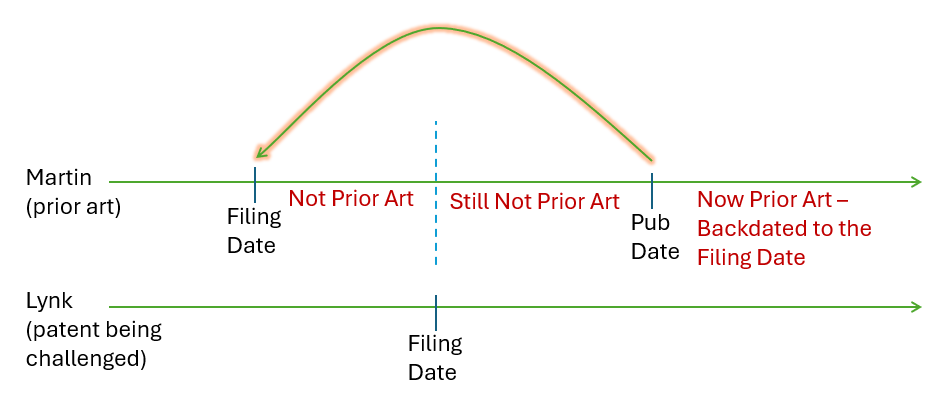by Dennis Crouch
This post focuses on the issues raised in the patent challenger Sun Pharma’s recent en banc petition in Allergan USA, Inc. v. MSN Laboratories Private Ltd and Sun Pharmaceutical Indus. Ltd., No. 2024-1061 (Fed. Cir. 2024). The original panel majority opinion is controversial on two separate fronts. First, it created an obviousness-type double patenting (ODP) safe harbor for certain patents whose term had been extended via patent term adjustment (PTA); Second, the court OK’d the omission of what appeared to be an essential element (a glidant) from the claims, finding sufficient written description support despite the specification only describing formulations that included a glidant. This omission was particularly notable as it occurred after the patentee learned during litigation that the accused products did not include a glidant.
I’ve divided this post into two parts: Part I – ODP Safe Harbor and Part II – Written Description Essential Element. (more…)

